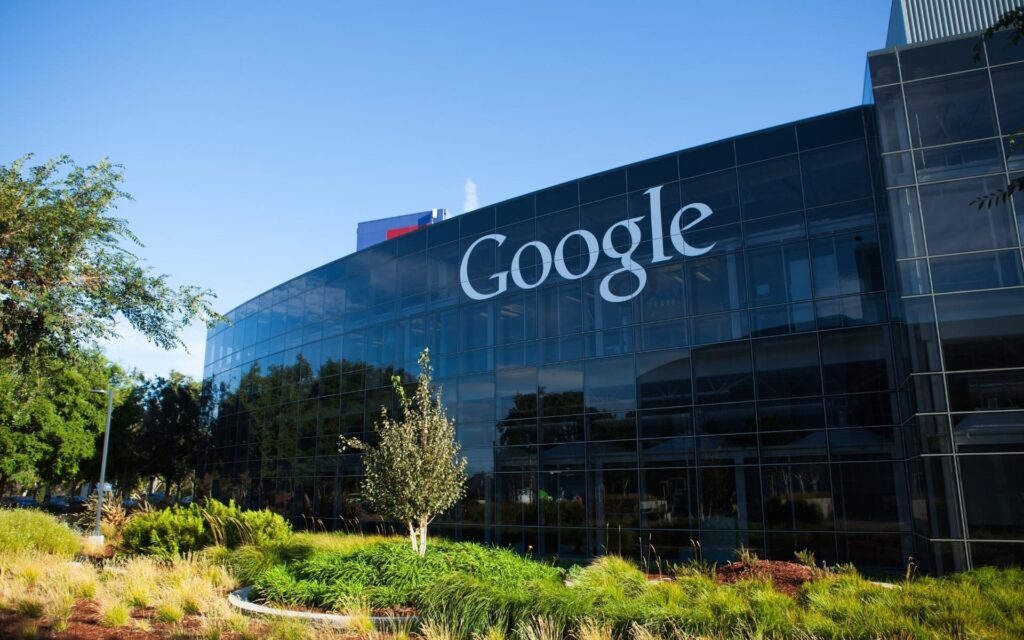Is Google’s MUM A Search Ranking Factor


With MUM, AI inches nearer and nearer to entirely and encountering content as your planned peruser. However, is it a positioning component?
At Google I/O prior last year, Google reported that it’s investigating another innovation called MUM (Multitask Unified Model) inside to assist its positioning frameworks with bettering get language.
Named “another AI achievement for getting data,” MUM is intended to make it simpler for Google to answer complex necessities in search.
Google guaranteed MUM is multiple times more impressive than its NLP move learning ancestor, BERT.
It utilizes a model called T5, the Text-To-Text Transfer Transformer, to reevaluate NLP assignments into a brought-together text-to-message design and foster a more exhaustive comprehension of information and data.
As per Google, MUM can be applied to report rundown, question addressing, and order assignments like opinion investigation.
MUM is a significant need inside the Googleplex – and something that essential to the hunt group would be advised to be on the SEO business’ radar, too.
Be that as it may, is it a positioning variable in Google’s pursuit calculations?
The Claim: MUM As A Ranking Factor
When it was first uncovered, numerous who read the report about MUM usually considered what it could mean for search rankings (particularly their own).
Google makes a vast number of updates to its positioning calculations every year, and keeping in mind that by far most go unrecognized, some are effective.
BERT is one such model.
Carried out worldwide in 2019, it was hailed the major update in five years by Google itself.
Also, specific enough, BERT affected around 10% of search questions.
RankBrain, carried out in 2015, is one more illustration of an algorithmic update that considerably affected the SERPs.
Since Google is discussing MUM, obviously SEO experts and the clients they serve should observe.
Roger Montti, as of late, expounded on a patent he accepts that could give more knowledge into MUM’s internal functions.
That makes for an intriguing read to take a look at what might be in the engine.
We should consider whether MUM is a positioning variable for the time being.
The Evidence For MUM As A Ranking Factor
When RankBrain was carried out, it wasn’t declared until approximately a half year subsequently. Furthermore, most updates aren’t reported or affirmed by any means.
Nonetheless, Google has improved at sharing significant updates before they occur.
For instance, BERT was first reported in November 2018, carried out for English-language questions in October 2019, and carried out overall soon after that, in December.
We had significantly more opportunities to get ready for the Page Experience sign and Core Web Vitals, which were declared more than a year before the inevitable rollout in June 2021.
Google has effectively said MUM is coming, and it will be nothing to joke about.
However, would MUM be liable for a rankings drop many locales experienced in the spring and summer of 2021?
The Evidence Against MUM As A Ranking Factor
In his May 2021 prologue to MUM, Pandu Nayak, Google Fellow and Vice President of Search, clarified that innovation isn’t in play. Not yet, at any rate:
“The present web crawlers aren’t exactly refined to the point of noting how a specialist would. However, with another innovation called Multitask Unified Model, or MUM, we’re drawing nearer to assisting you with these kinds of complicated necessities. So later on, you’ll require fewer hunts to finish things.”
Business-Tier Freelancers
You want to be aware of finding and working with Fiverr Business consultants.
The course of events given then concerning when MUM-controlled elements and updates would go live was “in the next few long periods.”
Whenever the business would get a heads up when MUM goes live in search, Google Search Liaison Danny Sullivan said OK.
All the more as of late, Nayak clarified how Google is involving AI in Search and composed,
“While we’re as yet at the beginning of taking advantage of MUM’s actual capacity, we’ve as of now utilized it to improve looks for COVID-19 immunization data, and we’ll offer more natural ways of looking through involving a mix of both text and pictures in Google Lens before very long.
These are exceptionally particular applications – so MUM isn’t as of now used to help rank and work on the nature of query items like RankBrain, neural coordinating, and BERT frameworks do.”
He likewise added that any future utilization of MUM would be exposed to a thorough assessment process, including focusing on the dependable use of AI.
MUM As A Ranking Factor: Our Verdict
Primary concern: Google doesn’t involve MUM as a hunt positioning sign. It’s a language AI model based on Google’s open-source neural organization engineering, Transformer.
Google will prepare MUM as it did BERT on enormous datasets, then, at that point, tweak it for explicit applications on more modest datasets. This is what it’s trying with MUM’s utilization for further developing immunization query items.
Google has referenced explicit manners by which it very well might be utilized (sooner rather than later, including:
• Surfacing experiences in light of its profound information on the world.
• Surfacing supportive subtopics for more profound investigation.
• Separating language boundaries by moving information across dialects.
• At the same time understanding data from various organizations like website pages pictures and that’s only the tip of the iceberg.
How might you enhance MUM?
That is not yet clear.
What is without a doubt: Google search’s insight is developing vast amounts at a time.
As Google’s hunt calculations become more complex and better ready to decide the purpose and subtlety of language, endeavors at cunning and control will be less compelling (and probable more straightforward to identify).
With an NLP innovation 1000x more impressive than RankBrain not too far off, streamlining for human experience is a primary priority than any time in recent memory.
To advance beyond MUM, center around how the substance you’re making affects individuals whose needs are planned to meet.
The machines are creeping nearer and nearer to entirely and encountering that substance as your expected peruser/watcher does.

